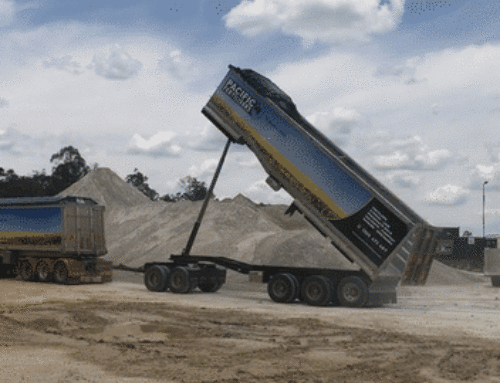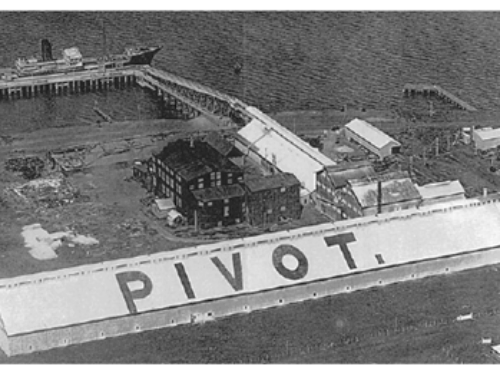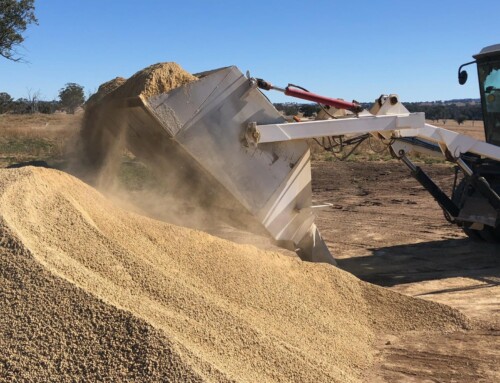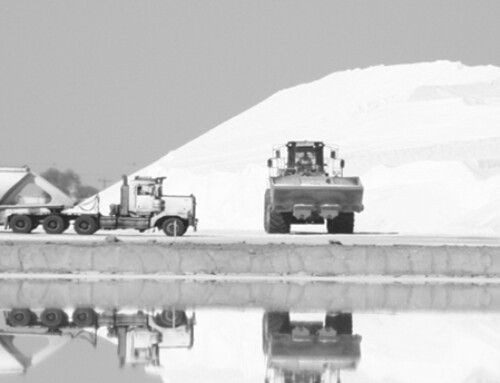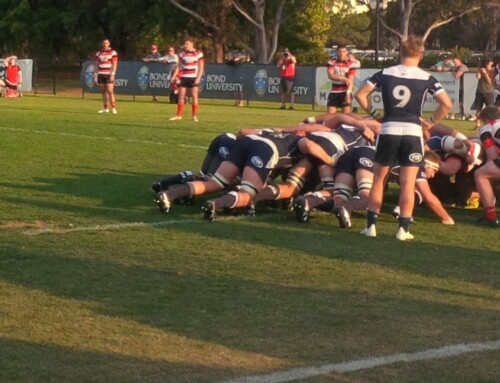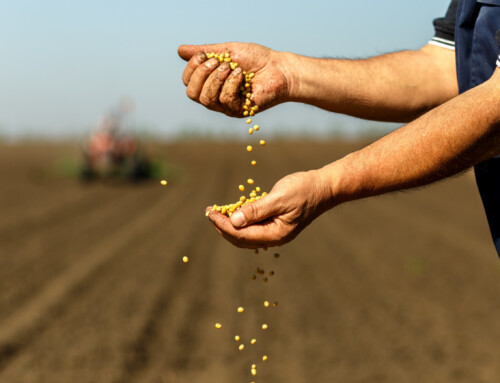Pacific Fertiliser can supply Iron Sulphate and Iron oxide products such as:
- Ferrous sulphate monohydrate
- Ferrous sulphate heptahydrate
- F577G – Iron oxide/sulphate blend
- Iron Granules – Iron sulphate/oxide blend
- Iron Oxy Sulphate
We can supply this product in bags or in tailored blends with fertiliser and minerals.
Iron is a catalyst in the formation of chlorophyll and acts as an oxygen carrier. Iron is immobile in the plant, thus the deficiency symptoms appear in the youngest leaves. Iron deficiency is highly noticeable as young leaves can be yellow to bleached white in appearance. Iron deficiencies which predominately occur in high pH soils.
The difference between Monohydrate and Heptahydrate products is the degree of drying it underwent. Mono has been dried further than Hepta, and is more free flowing.
The ferrous sulphate products are used in the agricultural industry as a trace element in fertilisers and stockfeed micro ingredient (Ferrous Monohydrate). The chemical industry using it as a neutralising agent for Cyanide solutions, and as a source of the red pigment, ferric oxide.
Iron deficiency is common with copper, manganese and zinc deficiencies and is most likely to occur on alkaline (high pH) soils. As soil pH increases, the ionic forms, e.g. Fe (II), are changed to less soluble or insoluble hydroxides or oxides. In particular, high manganese (often associated with low pH) may induce iron deficiency on acid
soils, where this would not normally be expected, e.g. in pineapples.
Phosphorus applied as fertiliser can react with iron in the soil to form insoluble iron phosphate.
Both iron sulfate and iron chelate are soluble in water and are normally applied as sprays, either to the soil or foliage. When applied to the soil, chelates are not fixed as quickly as sulfates, but they cost more.
Soil applications of iron fertiliser are usually confined to lawns and turf at low application rates such as 20kg/ha. Stawberries as low as 1-2g/m of crop row.

